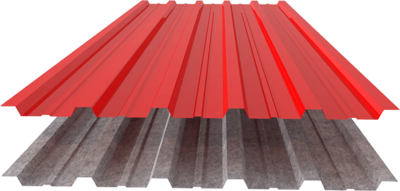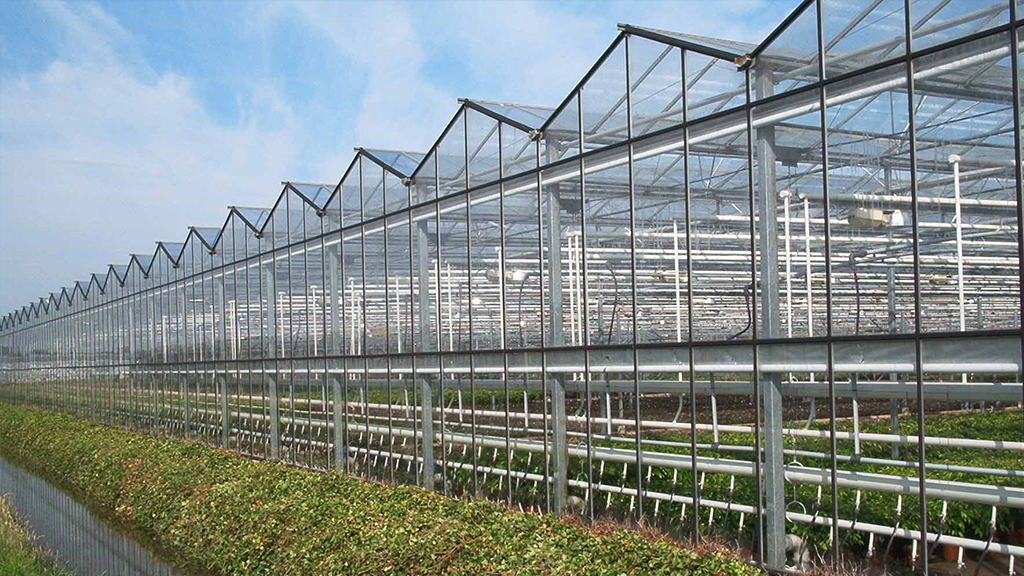Condensation on farm buildings is not only devastating, but can also have major financial consequences. When condensation forms on roofs and walls in colder conditions, the drips can damage stored products, machinery or materials and also pose Health and Safety hazards in the workplace. When condensation forms on a 'single skin' roof or walls, or on metal beams, purlins or other supports, anti-condensation mat can be used to quickly and easily eliminate these problems.
During the winter, especially on clear nights, the temperature on the roof surface can be significantly lower than the ambient temperature. Where roof structures are made of 'single skin' materials, particularly steel, tin, aluminium, asbestos or fiber cement, the temperature on the inner surface of the roof is almost the same as on the outer surface as there is no heat treatment. Where this happens, any moisture in the interior atmosphere can condense on the cooler surface, causing condensation droplets to form. Most building occupants are surprised by the condensation problems that occur in their buildings, especially when the buildings are empty and are only used to store bins or similar things. However, installing anti-condensation mats on the underside of 'Single-skin' roofs and/or walls can eliminate condensation problems as well as increase the level of thermal insulation in the entire building. As the anti condensation felt is applied directly to the surface of the roof as well as any supporting metal structure that can act as a thermal bridge, the insulation will form a 'composite' structure that keeps the interior surface temperature above the 'dew point'.
When considering how to prevent or eliminate condensation on roofs and walls in agricultural buildings, anti-condensation felt may initially seem more expensive than some other types of insulation. However, as a long-term and guaranteed solution to the problem, you may find that the use of anti-condensation felt is much more cost-effective than other solutions such as replacing the roof or top coating in the future.




